A Grand Vision
It is a magnificent and captivating plan.
One quiet night in 2018, I sat at my keyboard and typed the first line of code for Sealos. Initially, the repository was named "kubeinit," but I soon realized that the scope was too narrow. I couldn't just create a tool for installing Kubernetes. Installation was merely a piece of a larger puzzle. Thus, it was renamed Sealos, and a grand cloud operating system vision was conceived!
After completing the first version of Sealos, I released it for sale on the Alibaba Cloud Marketplace for 15 yuan per copy. I never anticipated that people would actually purchase it. When I received the first 15 yuan payment, I was incredibly excited, as if a business empire was unfolding before my eyes. However, the reality was that I spent an entire day providing after-sales service to that customer... I was still resolving issues for users even while at the cinema!
Soon, sales soared, and I quickly upgraded to a new iPhone 8. However, the number of issues also increased simultaneously, to the point where I couldn't provide timely after-sales support to everyone. So, I decided to rewrite Sealos and released version 2 based on Ansible. But in the end, I felt that I hadn't achieved perfection because users still faced too many dependency-related problems. It wasn't until I finished reading the source code of kube-proxy that I discovered a solution to simplify load balancing and eliminate all dependencies. That's when I developed Sealos version 3, which achieved the pinnacle of installation simplicity.
Why focus on installation initially?
Installation is the entry point, and most people learning cloud-native technologies cannot avoid this issue. The flow of installation is significant, making it an excellent starting point. Once users become accustomed to using Sealos for installation, they will gradually explore its other functionalities.
Working at Alibaba
During my time at Alibaba, I developed Sealer. The most important aspect here was to make installation highly flexible. Previously, users could only use the installation package I created, but the innovation of cluster imaging allows users to define their own installation packages and freely combine any packages. Here's a thought that makes me proud: If we consider the entire cluster as a whole and view Kubernetes as an operating system, what would a "cloud version Docker image" look like within this cloud operating system? Undoubtedly, this is a great concept that offers high levels of abstraction and flexibility.
dockerfile
FROM kubernetes:v1.25.0
COPY mysql .
CMD helm install mysql .
This concept allows the cloud operating system to have "images" just like a standalone operating system. Another step is completed in this grand vision.
The First Year of Entrepreneurship
So, what will the Sealos cloud operating system ultimately become? That is an indescribable question, and I only have a vague vision of it. It wasn't until the continuous iteration of three versions during the entrepreneurial process that it took on its present form—Everything is an application!
Understanding this is actually quite simple. Just replace the standalone applications installed on a single machine operating system with various distributed applications. The entire data center will no longer appear as isolated servers but as a unified whole, transforming into a virtual supercomputer.
This sleek, refreshing, and near-perfect cloud operating system is bound to capture your heart from the moment you lay eyes on it!
This is my painstaking work of five years—Sealos! Dedicated to all of you~
The Cloud Can Be So Clean
Sealos maintains an extremely minimalist design with no unnecessary buttons. It achieves simplicity and powerful parallel functionality, which is sometimes as difficult as reaching the heavens. Nevertheless, we have put a great deal of effort into the product design. Regardless of who you are, using Sealos will immerse you in the comfortable experience we have crafted.
In the world of B2B software, the payer and the user are often not the same person, resulting in a neglect of the user experience. The most crucial thing is to convince decision-makers. However, Sealos is different. We firmly believe that the user experience surpasses everything else. If we dedicate a significant amount of energy to the product and ultimately fail, we will have no regrets.
The black, white, and gray design style will make you feel like you're drinking plain water while using the product, rather than a beverage, let alone footwash (as some products make you feel like dying). Developers already suffer enough, and I hope that using Sealos will bring you a pleasant mood.
Sealos can pinpoint the pain points of applications. For example, the App Launchpad, an application manager, allows you to launch your own application within 30 seconds. This involves numerous details, such as automatically configuring public domain names and resolving HTTPS certificate issues.
The Cloud Can Be So Affordable?
I have run over ten applications on Sealos, including three databases, a blog, a low-code platform, a testing platform, and more, all costing me only 4 yuan per day:
Why is it so affordable?
- You only need to pay for the running containers, without the need for virtual machines or creating an entire Kubernetes cluster. It's open and ready to use.
- Automatic scaling reduces the number of replicas to 1 during periods of low user traffic.
- We can make full use of the elasticity of public clouds, write a significant amount of automation code, release computing resources during nighttime, and reduce costs.
For enterprises, this can significantly reduce resource utilization costs. We ourselves run over 7,000 applications on just 10 servers. What does that mean? After deploying a Sealos cluster, as long as the server resource utilization is below 70%, you can continuously add applications to the cluster until it reaches its capacity.
You might wonder, why not use Kubernetes directly? The reason is simple. For enterprises like Xunfei, applications are distributed across various departments, making multi-tenancy, isolation, and collaboration crucial. Using Kubernetes directly could disrupt the cluster, and the worst-case scenario is that a department or user inadvertently causes a security issue that crashes the entire cluster. Sealos perfectly solves this problem!
Sealos can help 80% of enterprises reduce their resource utilization costs by 80%.
The Cloud Can Be So Liberating
Unlike other management platforms or PaaS platforms, the core design principle of Sealos is "everything is an application." Different developers with different roles can use different applications, allowing each user to use the platform without any mental burden. It's similar to the Android ecosystem, where there are millions of applications, but you only care about the ones you use without worrying about what other applications are doing.
This design has two main advantages:
Seamlessly Use Sealos Whether You Understand Kubernetes or Not
Many Kubernetes-based PaaS platforms or distributions either expose a large number of native Kubernetes concepts or hide these concepts. Neither approach is ideal.
Exposing a large number of native concepts is unfriendly to beginners and novices, while hiding Kubernetes loses flexibility and compatibility, making it unfriendly for Kubernetes experts.
Sealos takes a different approach. On this platform, different people can use different applications. For example, if you're a developer who wants to write CRUD operations, you can directly use the Laf function application. If you're a DBA, you can directly use the database application. In this case, you don't need to care about Kubernetes at all as these concepts are completely abstracted.
If users are cloud-native experts, they can install Lens and various Kubernetes dashboards on Sealos. They can also open a terminal and use native commands. This greatly enhances flexibility.
Freedom to Assemble
Sealos pays great attention to the coordination between applications. For example, if you're using function compute on Sealos, the default database might be MongoDB. But what if you want to use PostgreSQL? In this case, you can install a PostgreSQL application on Sealos and access it directly within the function compute through service discovery. Since they are in the same cluster, they can directly communicate through internal DNS.
Sealos is streamlined yet not simplistic. All components can be uninstalled, allowing the cloud to perfectly meet your needs—more is considered excessive, less is considered insufficient. This also means that whether it's a single server or hundreds of data centers, they can be built into a cloud with just one command.
What Can Sealos Actually Do?
- Run an nginx demo on Sealos in just 30 seconds with automatic scaling.
- Start various databases in 30 seconds and connect to them directly within your business system's intranet.
- Launch your business applications written in various programming languages directly on Sealos.
These three capabilities serve as the foundation, and you can gradually explore and discover new territories.
When it comes to running your own business, we have made many detailed optimizations for this scenario. For example, automatic allocation of subdomains, horizontal autoscaling, and support for running various stateful services.
You will find that with Sealos, whether you're deploying a monitoring system or running a low-code platform, it's all within reach. You can easily host your blog on Sealos at a low cost. Using the Sealos terminal, you can run any Kubernetes-compatible application without difficulty in automation.
Moreover, you'll discover that there is actually an AI helping you with automated fault diagnosis, automatic deployment of services, and even assisting you in code writing and automatic testing for deployment.
Then you'll realize that even ordinary people can use Sealos:
- You can quickly install financial software on Sealos.
- You can also quickly install a knowledge base on Sealos to write notes for everyone in the company.
- You can even install a chat software on Sealos for internal communication and collaboration within the enterprise.
At this point, you'll be pleasantly surprised to discover that Sealos can do everything, truly versatile, and yet so simple! Ultimately, you'll come to understand that this is what a cloud operating system is!
Are People Really Using Sealos?
Absolutely, the Sealos community has over 100,000 users, including various large enterprises.
Within two months of its launch, Sealos has already surpassed 10,000 registered users, with a total of 7,000+ applications running on the cloud service.
Is Sealos only suitable for small-scale applications?
Certainly not. Among Sealos' customers is the National Health Big Data platform, which supported the health code service during the pandemic with high concurrency business that couldn't afford a single second of downtime. Sealos has also supported large-scale GPU clusters that process 80 terabytes of data daily, with a total of 80 petabytes of data in the entire cluster. The Judo Cloud platform runs hundreds of applications on Sealos.
The Roadmap
Sealos' grand vision goes beyond what has been accomplished so far. Our goal is to evolve into an omnipresent cloud operating system, providing people with a user-friendly cloud service experience akin to using a personal computer. With Sealos, enterprises can effortlessly achieve:
- Rapid deployment of new businesses in just a minute.
- A 50% reduction in costs within a year.
- One-click creation of a cloud, as simple as flipping a switch.
For enterprise cloud needs, Sealos is the solution.
In the future, we will continue to uphold the spirit of craftsmanship and carefully craft common applications that enterprises require within the Sealos cloud operating system, such as databases, message queues, inference capabilities, and various programming language execution environments.
The Sealos cloud operating system will also incorporate a Copilot, acting as a navigator's assistant. It can automatically perform cloud-native transformations, helping developers easily enter the realm of cloud-native. It can also assist in diagnosing cluster issues, identifying security vulnerabilities, and providing professional operational advice like an expert.
Conclusion
After five years, Sealos has finally realized the vision I had when I wrote the first line of code—a cloud operating system.
I am grateful to the first person who paid me 15 yuan. Your trust and encouragement have been like a huge investment, giving me the strength to move forward.
I want to express my gratitude to all the contributors in the community, especially my fellow companion, Lao Cui, who has been with me throughout the journey.
Special thanks to Xunfei for refining complex business scenarios, which deepened my understanding of business scenarios.
I appreciate the support and assistance from Alibaba Cloud while developing Sealer. It laid a solid foundation for the underlying capabilities of the Sealos cluster image.
I am thankful to all the partners who embarked on this entrepreneurial journey with me. It is through everyone's efforts that the seed of inspiration has grown into a tangible reality.
I want to thank Qi Jia Chuang Tan for giving us the unexpected push, and most importantly, thank you Dr. Lu Qi for your unwavering confidence, which has given us great encouragement.
Thanks to Professor Li Jun, Dean Kang Yi, Professor Zhang Hailong, Gaojie Capital, and Jinfu Asset for their help, guidance, and trust.
I express my gratitude to every user who chose Sealos. Your understanding and patience throughout the iterative process have shaped a more perfect Sealos together with us.
To all the decision-makers who have chosen us, I wish to congratulate you on making a wise decision. Sealos has now reached a new starting point, and we will undoubtedly meet your expectations and deliver a perfect cloud operating system.
You are welcome to experience the charm of the Sealos cloud operating system at https://cloud.sealos.io/.

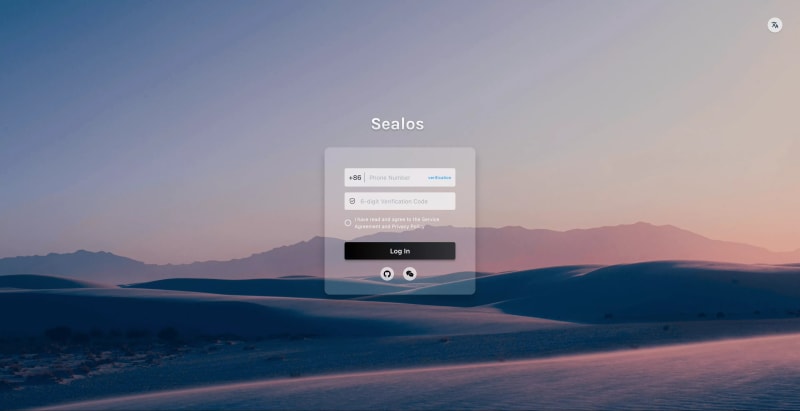
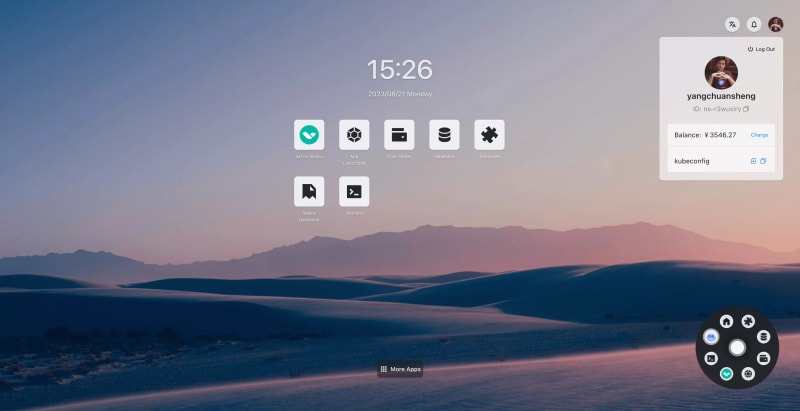

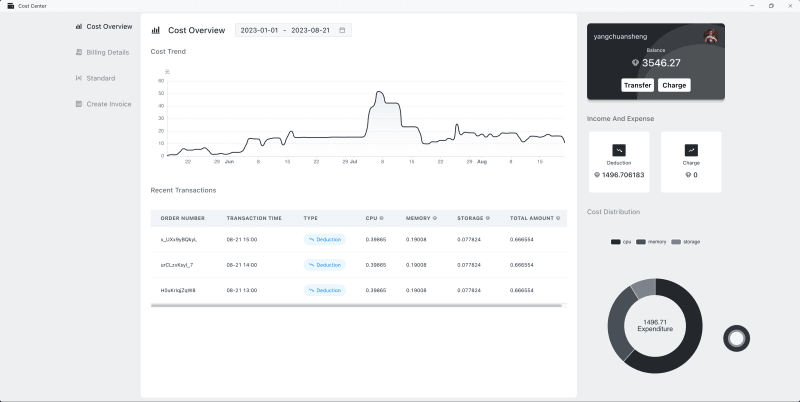
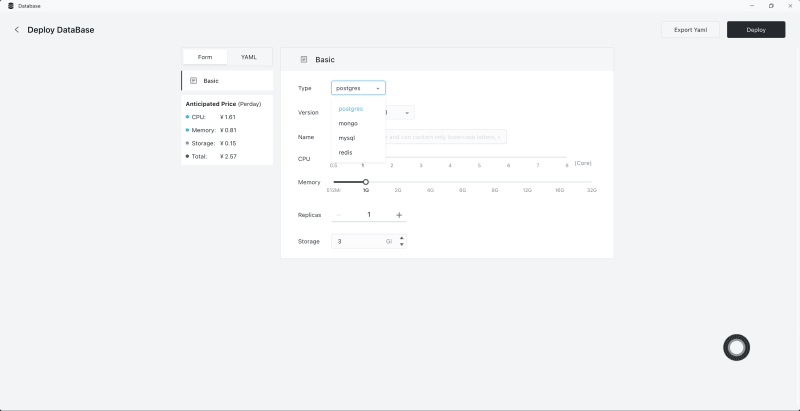
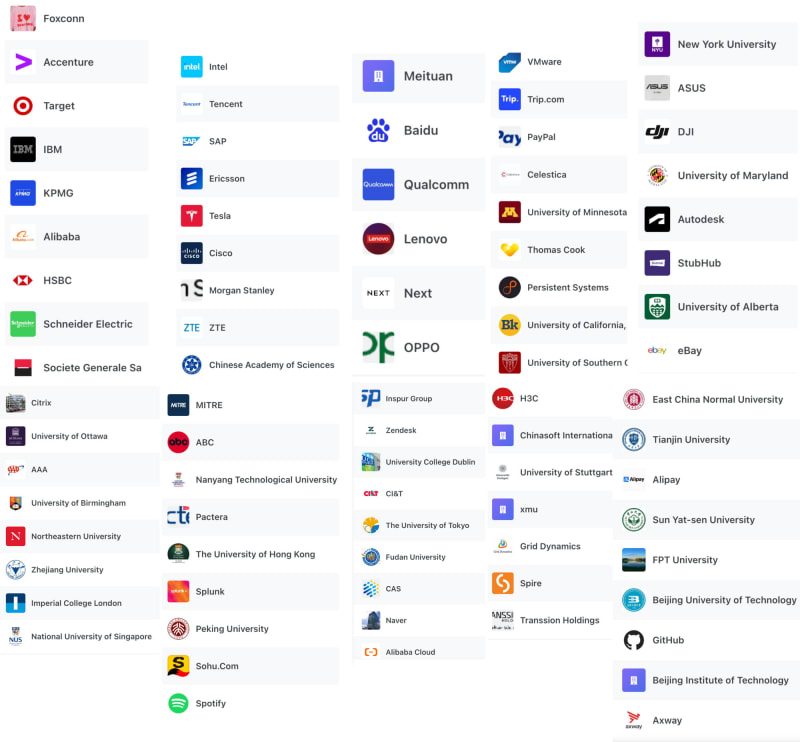

Top comments (0)